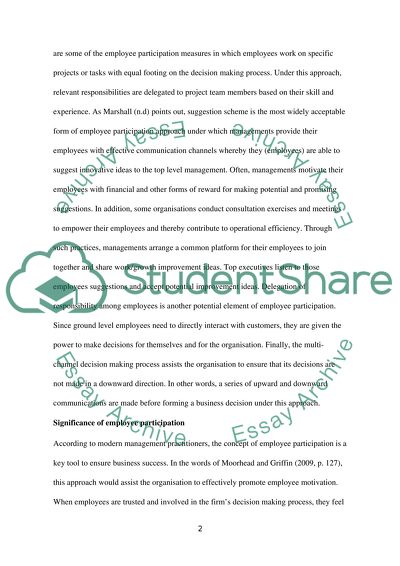Cite this document
(Employee Participation in Decision Making Literature review, n.d.)
Employee Participation in Decision Making Literature review. Retrieved from https://studentshare.org/human-resources/1448641-employee-participation-in-decision-making
Employee Participation in Decision Making Literature review. Retrieved from https://studentshare.org/human-resources/1448641-employee-participation-in-decision-making
(Employee Participation in Decision Making Literature Review)
Employee Participation in Decision Making Literature Review. https://studentshare.org/human-resources/1448641-employee-participation-in-decision-making.
Employee Participation in Decision Making Literature Review. https://studentshare.org/human-resources/1448641-employee-participation-in-decision-making.
“Employee Participation in Decision Making Literature Review”, n.d. https://studentshare.org/human-resources/1448641-employee-participation-in-decision-making.


